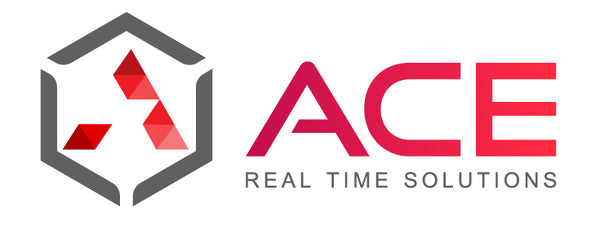Powering Healthcare's Future: How Solar Panels Enhance Medical Facility Resilience
Share
In an era where healthcare facilities face increasing pressure to maintain uninterrupted operations during power outages and natural disasters, solar panel integration offers a powerful solution to enhance resilience and sustainability. With healthcare's critical need for reliable power to support life-saving equipment, medication storage, and essential services, solar energy provides both operational security and cost efficiency. This blog explores how healthcare facilities can leverage solar panel technology to strengthen their infrastructure while reducing environmental impact and operational costs.
The Critical Need for Power Resilience in Healthcare
Healthcare facilities cannot afford power interruptions. Even momentary outages can compromise patient care, disrupt critical operations, and damage sensitive medical equipment. Traditional backup generators, while essential, rely on finite fuel supplies that may be inaccessible during extended emergencies. Solar panels, when properly integrated with battery storage systems, offer a sustainable, long-term power resilience strategy that continues functioning during grid outages.
A regional hospital that implemented a hybrid solar system recently maintained critical operations during a three-day power outage following severe weather. While neighboring facilities struggled with generator fuel shortages, their solar array continued harvesting energy, powering essential services, and providing uninterrupted care.
Economic Benefits: Beyond Emergency Preparedness
Solar installations deliver significant cost savings for healthcare facilities, which typically have high energy consumption profiles. By generating clean electricity on-site, hospitals and clinics can:
- Reduce monthly utility bills by 20-40%, depending on system size and local conditions
- Protect against unpredictable energy price increases
- Qualify for substantial tax incentives, grants, and renewable energy credits
- Redirect savings to improve patient care and facility services
For healthcare administrators seeking budget optimization, solar investments typically show positive ROI within 5-7 years while delivering decades of reliable power generation. These economics make solar particularly attractive for facilities with significant daytime energy demands.
Strategic Implementation: The Healthcare Solar Roadmap
Successfully integrating solar technology into healthcare operations requires thoughtful planning and execution:
1. Needs Assessment and System Design
Begin with a comprehensive energy audit to identify peak usage patterns and critical power requirements. Work with experienced consultants to design a system that prioritizes resilience for essential services while maximizing economic benefits. Consider roof space, ground mount options, and parking canopies to determine optimal panel placement.
2. Battery Integration for True Resilience
Pair solar arrays with appropriate battery storage systems to ensure continuous operations during nighttime and low-sunlight periods. Modern lithium-ion battery systems offer efficient storage solutions that can be scaled to meet specific facility needs, from supporting critical care units to maintaining entire buildings during outages.
3. Phased Implementation
Many healthcare facilities find success with staged approaches, beginning with smaller installations supporting critical areas before expanding. This approach allows for technology testing, staff training, and financial planning while immediately enhancing resilience for the most essential services.
Conclusion: Powering Healthcare's Sustainable Future
As climate change increases the frequency of extreme weather events and grid vulnerabilities, healthcare facilities must reimagine their power infrastructure. Solar panel integration represents not just an emergency preparedness measure, but a forward-thinking approach to healthcare facility management that aligns operational resilience with environmental responsibility and fiscal prudence.
By investing in solar technology today, healthcare providers can ensure they remain operational when their communities need them most, while contributing to a more sustainable healthcare system for future generations.
Ready to explore how solar solutions can enhance your healthcare facility's resilience? Visit acerts.com to connect with our team of power solution experts for a customized assessment of your facility's needs and opportunities. Our specialists have helped numerous healthcare providers implement successful solar strategies tailored to their unique requirements.
What aspects of your facility's power infrastructure keep you up at night? Share your concerns, and let's discuss how renewable solutions might address them.
